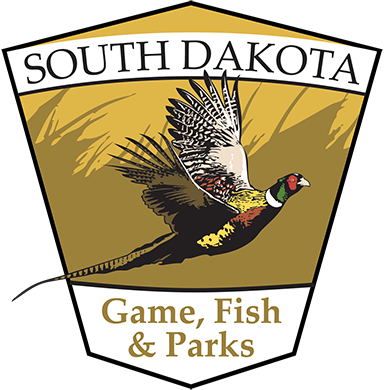wildlife habitat management practices
Waterfowl
Migratory waterfowl management consists of two main habitat components:
- Undisturbed herbaceous nesting cover.
- Wetland complexes.
Large blocks of undisturbed nesting cover are perhaps the most critical aspect to waterfowl management.
Cool season grasses such as wheat grasses, green needle grass and Canada wildrye mixed with legumes such as alfalfa, sweet clover, and purple prairie clover create ideal nesting conditions for breeding waterfowl.
For ducks more is better, larger nesting cover blocks reduce predation of incubating hens and eggs. If you have a significant amount of cropland; including winter wheat into your rotation can significantly increase waterfowl nesting habitat. Winter wheat fields can have significant nesting value for some duck species; in particular northern pintail. Hay lands also can serve as suitable waterfowl nesting cover. Delaying haying until after July 15 each year will allow the majority of duck nests to hatch and take their broods to wetlands.
In South Dakota we are fortunate to have some of the most productive waterfowl habitat in the world. A high density of shallow glacial wetlands typifies the prairie pothole landscape that dominates eastern South Dakota. Temporary, seasonal, and semi-permanent wetlands all serve different functions during the breeding and brood rearing season. It is the interaction and proximity of these wetland types on the landscape that form wetland complexes.
- Temporary wetlands are those only wet early in the growing season and serve as a vital food source for hens arriving from their wintering grounds in the south. After migration nutrient demands are very high for hen ducks. The protein provided by invertebrates in these wetlands is needed by the hen to develop a clutch of eggs. These numerous, shallow basins also fulfill behavioral and territorial needs of breeding waterfowl.
- Seasonal wetlands are those flooded for the much of the growing season in most years. Seasonal wetlands provide important brood habitat for ducks hatched in adjacent uplands. These wetlands often become a mosaic of open water and emergent plants such as cattail and bulrushes forming what are known as a hemi-marsh. These hemi marshes provide food and security to ducklings until they fledge.
- Semi-permanent wetlands are those that are wet throughout the growing season and into the fall in most years. These basins serve as important staging areas for ducks and geese during migration. Semi-permanent wetlands also provide a secure place for molting ducks and geese during mid-summer when they are flightless. Thousands of molting ducks and geese often congregate on these semi-permanent wetlands in preparation for molting and remain until they regain flight in August.
The easiest and most cost effective way to enhance wetlands on your property are to restore any artificially drained wetland basins. In many cases easily drained temporary and seasonal wetlands have been removed from the landscape, leaving only semi permanent wetlands. Numerous cost share options are available to restore wetland hydrology by plugging drainage ditches and removing drain tile.
These projects are relatively inexpensive and are completed at no cost to the landowner.
Habitat advisors are available to assist landowners in designing, developing and funding habitat improvements. Find one in your area today!

